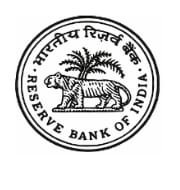RBI issues clarifications on Hedging for External Commercial Borrowings
The Reserve Bank of India (RBI) has issued the Clarifications on hedging for External Commercial Borrowings (ECB) in a bid to effectively address currency risk at the systemic level.
The Clarifications were issued by RBI under section 10(4) and 11(1) of the Foreign Exchange Management Act (FEMA), 1999.
What are External Commercial Borrowings (ECBs)?
- ECBs are commercial loans borrowed from foreign sources for financing the commercial activities in India.
- It may be bank loans, securitised instruments, buyers’ credit, suppliers’ credit, foreign currency convertible bonds, etc.
- It should be noted that ECBs are not FDI. In case of FDI, foreign money is used only to finance the equity Capital. But in case ECBs, foreign money is used to finance any kind of funding other than equity.
What hedging means?
- Hedging is an investment mechanism to cut the risk of adverse price movements in an asset. Usually, a hedge involves taking an offsetting position in a related security.
Highlights of the Clarifications
- The ECB borrower will be required to cover both principal as well as coupon payments through the hedges done, starting from the day of borrowing.
- The hedging period will be for the entire life of the liability with a minimum 1 year rollover option. It will be ensuring that the total exposure is not unhedged at any point of time.
- The borrower has to hedge in such a manner that the projected cash flows match the expectation of the borrowers irrespective of the fluctuations in the foreign currency.
- The designated banks will have the responsibility of verifying that 100% hedging requirement is complied with.
Month: Current Affairs - November, 2016


